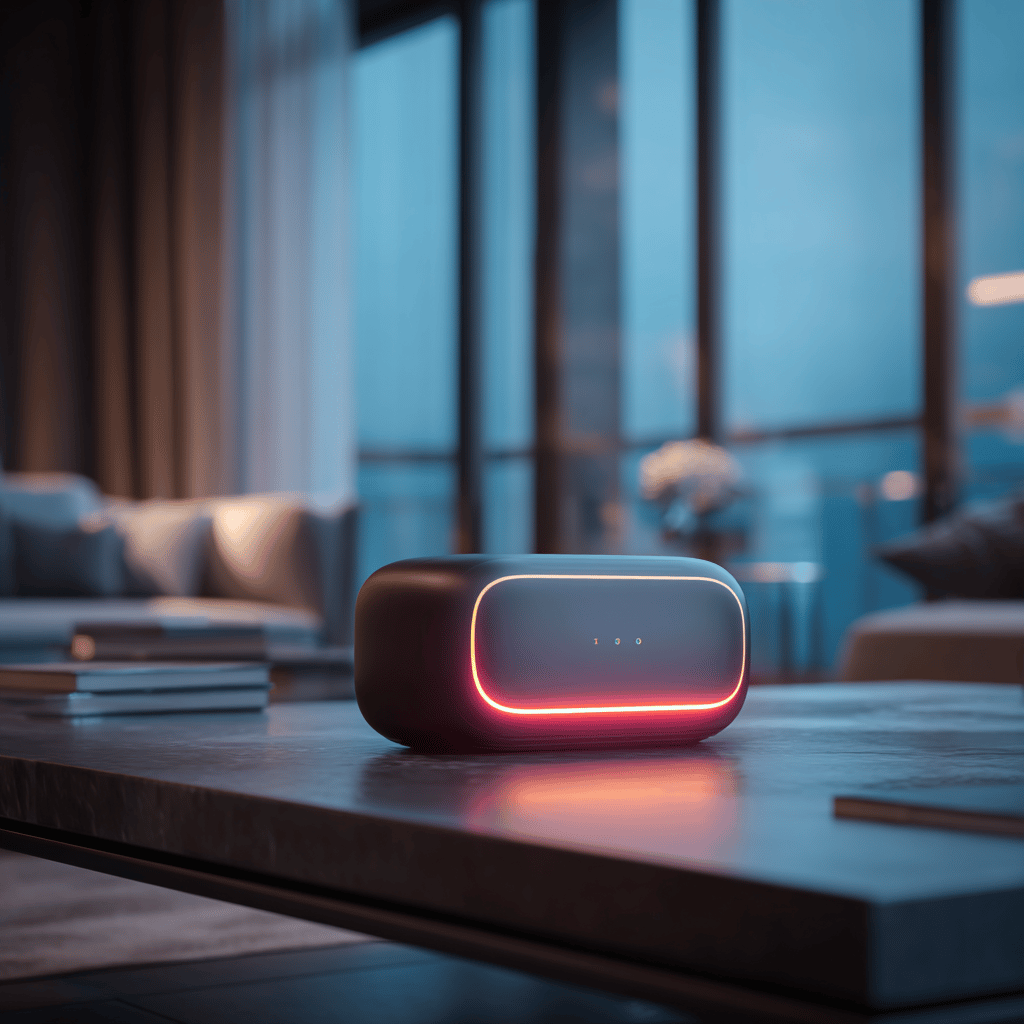Aeotec has officially unveiled its second-generation Smart Home Hub during the IFA technology exhibition this week, an announcement that not only introduces a highly advanced product but also signals the conclusion of a significant chapter in the evolution of smart home ecosystems. Developed in close partnership with Samsung, this hub represents the fourth generation of hardware designed to support the SmartThings home automation platform. Unlike its predecessors, however, the latest model makes a dramatic departure: for the first time, it does not include a Z-Wave radio, thereby marking the end of native Z-Wave support in new SmartThings hubs.
According to Aeotec’s detailed press statement, the Smart Home Hub 2 is engineered with a substantial leap in capability, offering twice the performance power of the previous version. This is achieved through reengineered internal hardware, which not only provides improved responsiveness and stability but also enables an array of expanded connectivity functions. The hub now incorporates USB expansion options, giving users flexibility to enhance or customize functionality in the future. Furthermore, it includes compatibility with several key standards essential for modern smart environments: Bluetooth Low Energy for short-range, energy-efficient connections; Zigbee, a widely adopted protocol for reliable device-to-device communication; Thread, a low-power mesh networking technology that increases network resilience; and Matter Controller capabilities, ensuring that SmartThings remains aligned with emerging industry-wide interoperability standards.
One of the most notable architectural improvements is Aeotec’s emphasis on a “local-first” communication model. This design approach prioritizes processing automations directly within the hub itself rather than relying exclusively on cloud-based servers. The practical outcome is that the majority of automated routines—such as turning lights on at sunset, activating security sensors, or adjusting thermostats—will continue functioning seamlessly even during periods of internet outages. This shift responds to longstanding consumer demands for reliability and reduces dependence on external networks, making household automations more robust and dependable. The Smart Home Hub 2 is scheduled for release during the fourth quarter of 2025, giving SmartThings enthusiasts and professional installers time to prepare for the transition.
For users who have invested heavily in Z-Wave devices, this new direction comes with important considerations. Those wishing to maintain full compatibility with Z-Wave technology will need to continue using the third-generation SmartThings Hub, often referred to as the Aeotec Smart Home Hub (V3). Aeotec has clarified that although the older hub model will be officially discontinued by the end of 2026, a final production batch has just been completed, ensuring that sufficient stock will remain available for customers who require it over the next several years.
The strategic shift away from Z-Wave can be better understood when viewed within the broader context of Samsung’s overarching smart home strategy. Several years ago, Samsung stopped manufacturing proprietary hubs under its own brand, delegating production to Aeotec instead. In the meantime, Samsung pivoted toward integrating SmartThings Hub functionality directly into its lineup of consumer electronics such as televisions, premium soundbars, and household appliances. These embedded hubs already feature support for Matter and Thread, aligning them with the direction of the wider industry. However, while such integrated solutions offer convenient entry-level smart home connectivity, they cannot match the raw capability of a dedicated hub device. The Smart Home Hub 2 outperforms in key areas, including support for a larger number of connected devices, the ability to process greater volumes of automation locally, and extended signal range. For users managing expansive households or complex smart ecosystems, this makes the standalone hub the most powerful and reliable option.
Until now, Aeotec’s hubs occupied a unique and irreplaceable role in SmartThings deployments: they were the only hardware option available for homeowners who wished to integrate Z-Wave devices alongside Zigbee and Wi-Fi products within one unified system. With the advent of the Smart Home Hub 2, however, that exclusivity will soon disappear, as forward development shifts away from Z-Wave technology. In effect, the release of this new hub not only sets a technological benchmark for performance and protocol flexibility but also closes the chapter on Z-Wave’s central role in SmartThings-managed smart homes.
Sourse: https://www.theverge.com/ifa-berlin/770837/the-newest-samsung-smartthings-hub-ditches-z-wave



